Expansion of E-commerce Platforms
The proliferation of e-commerce platforms has transformed the way consumers purchase frozen seafood. With the convenience of online shopping, consumers can easily access a wide variety of frozen seafood products from the comfort of their homes. The Global Frozen Seafood Industry is witnessing a significant shift towards online sales channels, which are expected to account for a larger share of the market in the coming years. Data suggests that online sales of frozen seafood have increased by over 30% in recent years, reflecting changing consumer behaviors. This trend is likely to continue as more consumers embrace digital shopping, thereby enhancing market accessibility.
Innovations in Freezing Technology
Advancements in freezing technology have significantly improved the quality and shelf life of frozen seafood products. Innovations such as flash freezing and improved packaging techniques are enhancing the overall consumer experience by preserving the freshness and taste of seafood. The Global Frozen Seafood Industry is likely to benefit from these technological advancements, as they enable producers to offer higher quality products that meet consumer expectations. As a result, the market is expected to see an increase in premium frozen seafood offerings, which could attract a broader consumer base and drive sales growth.
Rising Demand for Convenience Foods
The increasing pace of modern life has led to a notable rise in demand for convenience foods, which includes frozen seafood products. Consumers are increasingly seeking quick and easy meal solutions that do not compromise on quality. The Global Frozen Seafood Industry is experiencing a shift as more households opt for frozen seafood due to its long shelf life and ease of preparation. According to recent data, the frozen seafood segment is projected to grow at a compound annual growth rate of approximately 4.5% over the next five years. This trend indicates a strong consumer preference for ready-to-cook options, which is likely to drive market growth further.
Sustainability and Ethical Sourcing
Sustainability and ethical sourcing practices are becoming increasingly important to consumers, influencing their purchasing decisions in the frozen seafood market. The Global Frozen Seafood Industry is responding to this trend by adopting sustainable fishing practices and promoting eco-friendly products. Consumers are more inclined to choose brands that demonstrate a commitment to environmental responsibility. Market Research Future indicates that products labeled as sustainably sourced are experiencing higher demand, with sales growth in this segment outpacing traditional offerings. This shift towards sustainability is likely to shape the future landscape of the frozen seafood market.
Growing Awareness of Nutritional Benefits
There is a growing awareness among consumers regarding the nutritional benefits of seafood, which is rich in omega-3 fatty acids and essential nutrients. This awareness is driving an increase in the consumption of frozen seafood products, as they are perceived as a healthy alternative to other protein sources. The Global Frozen Seafood Industry is benefiting from this trend, with many consumers actively seeking out frozen fish and shellfish options to incorporate into their diets. Market data indicates that the demand for frozen seafood is expected to rise by approximately 5% annually, as health-conscious consumers prioritize nutritious food choices.
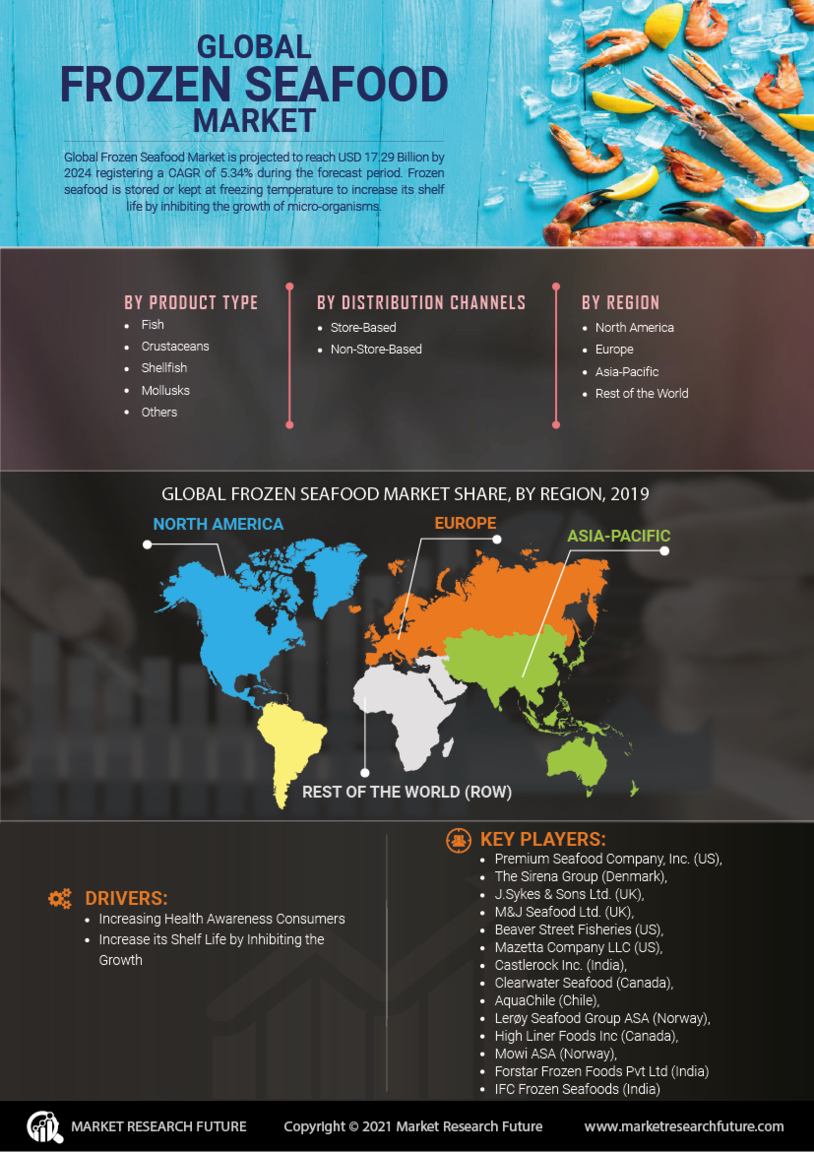

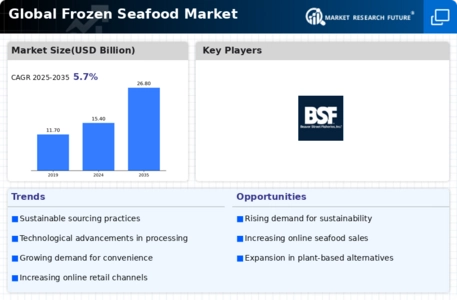
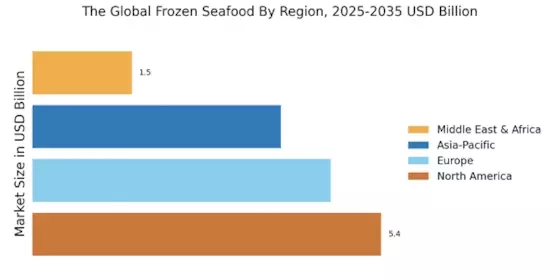
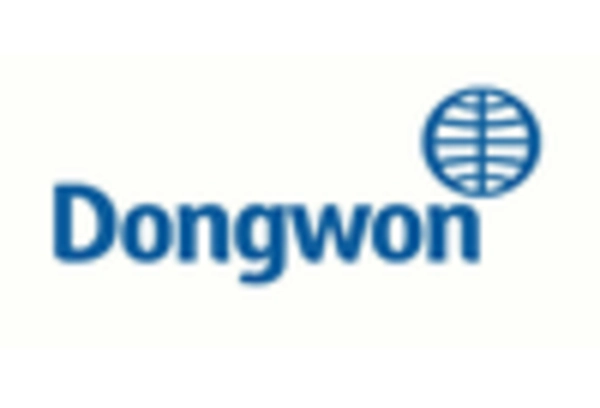
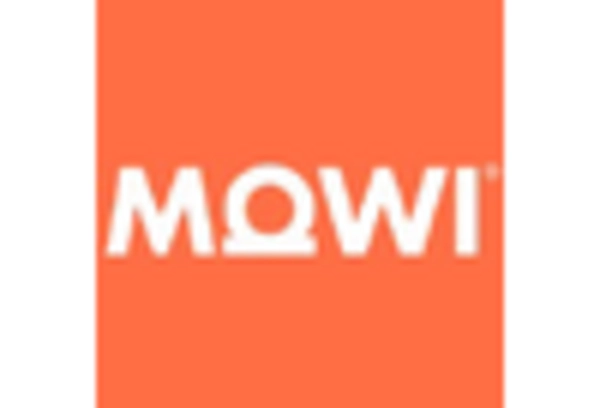
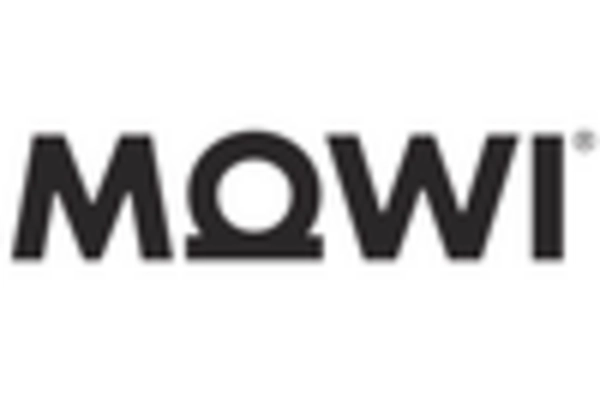
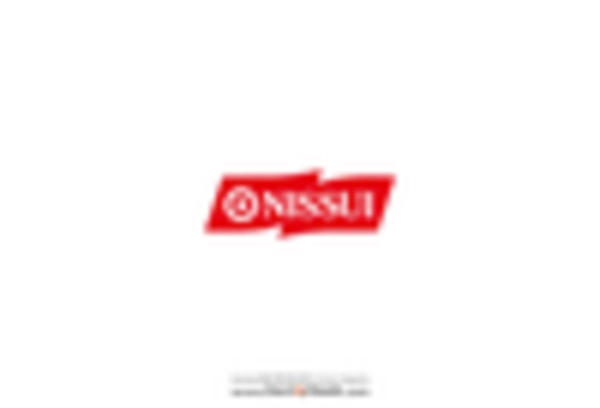
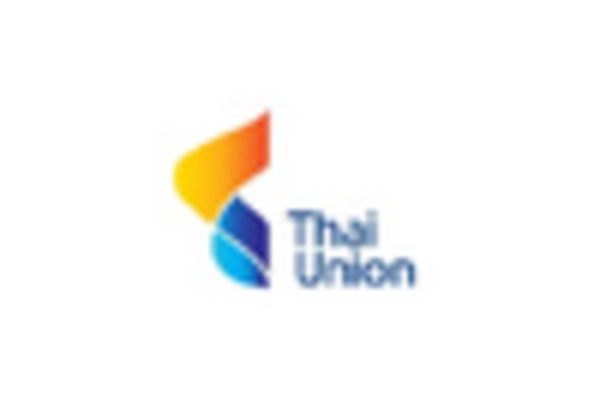
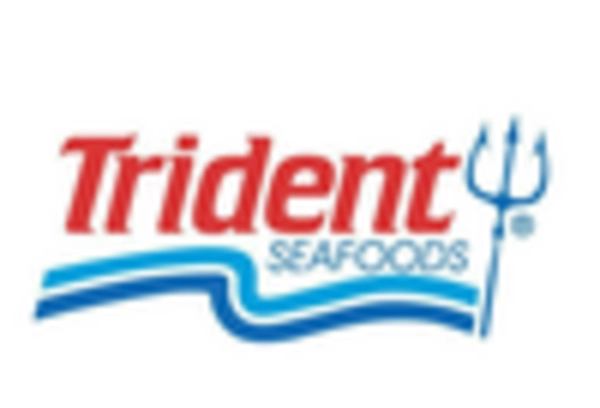








Leave a Comment